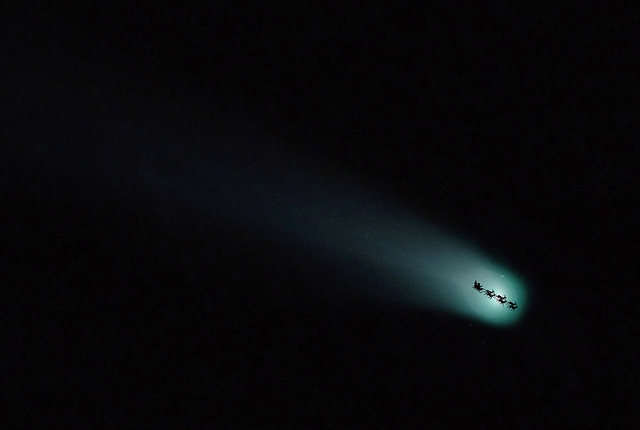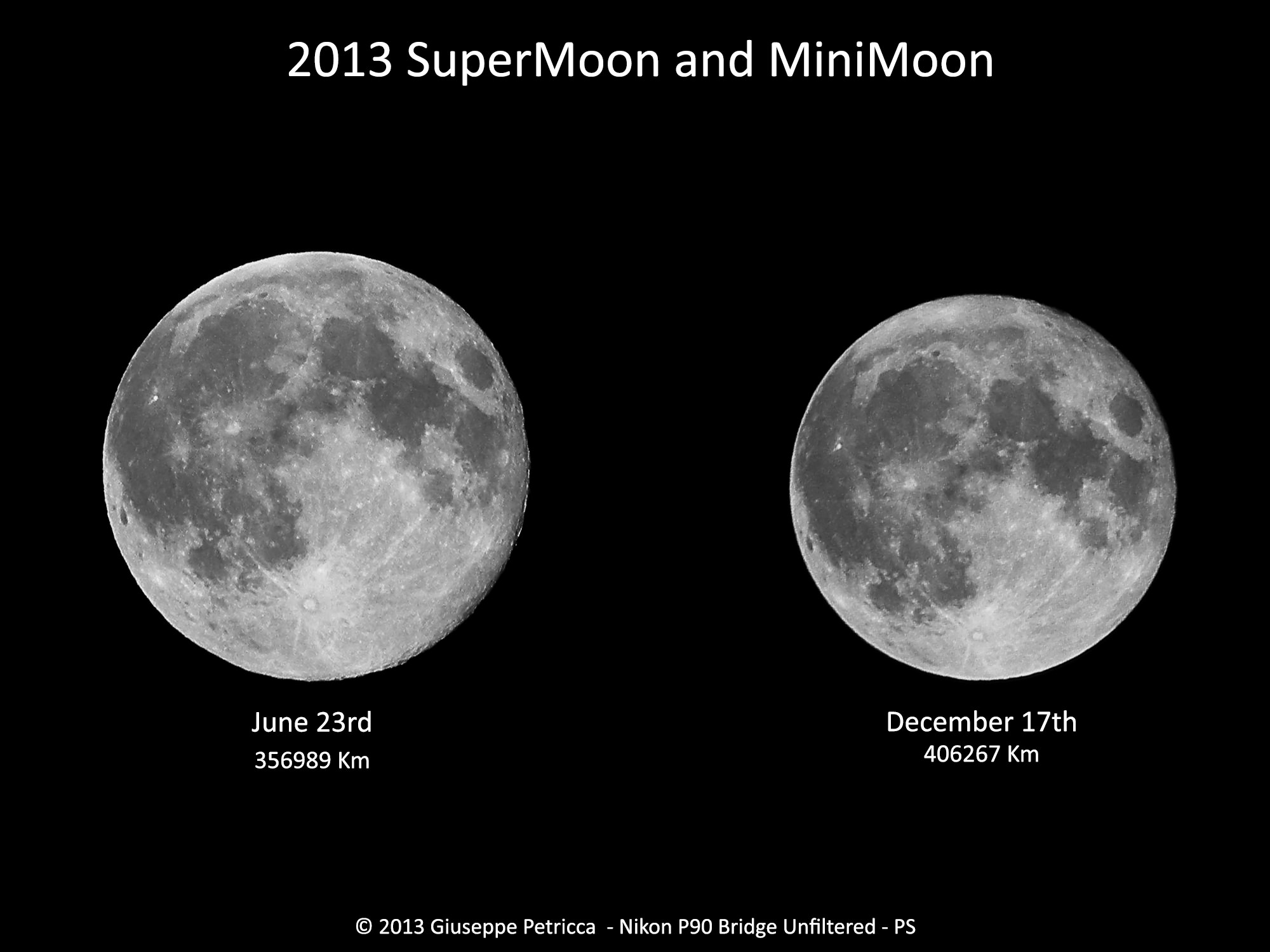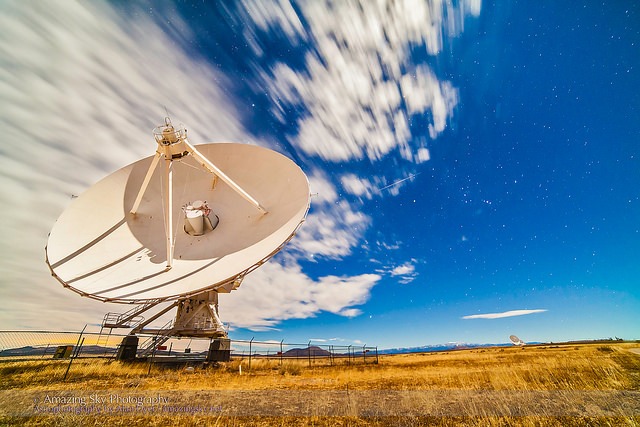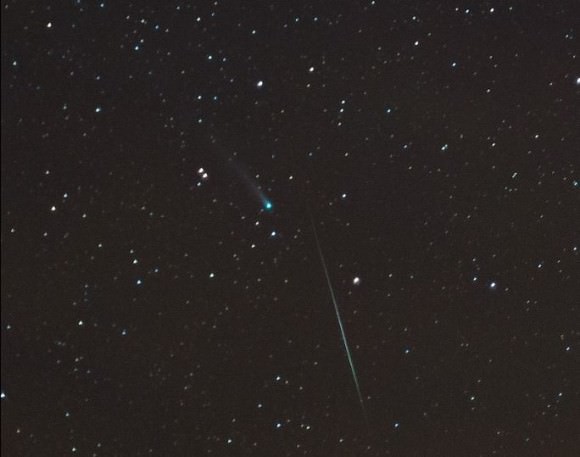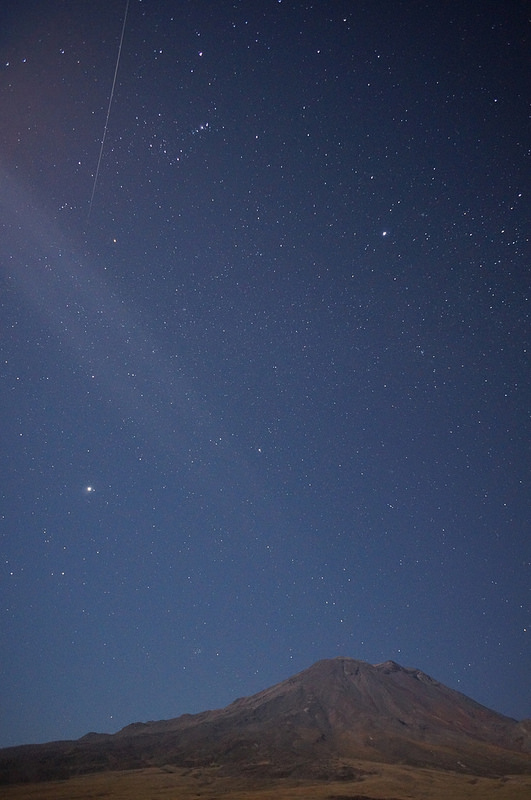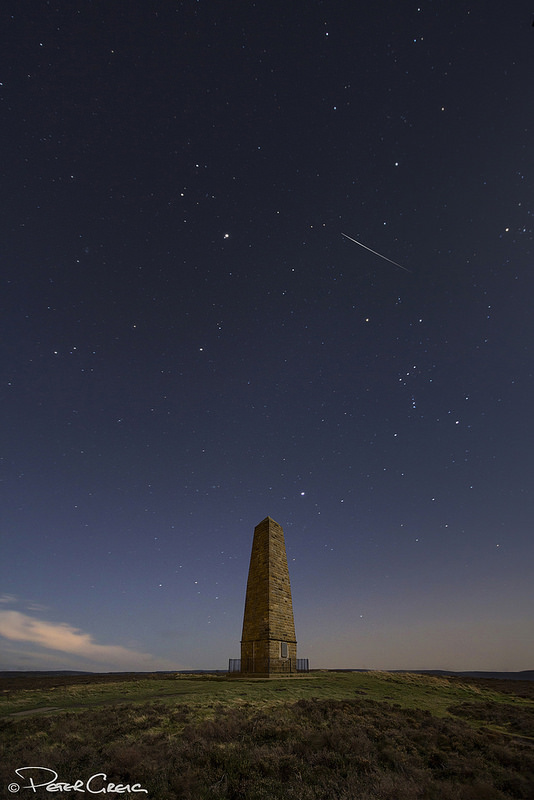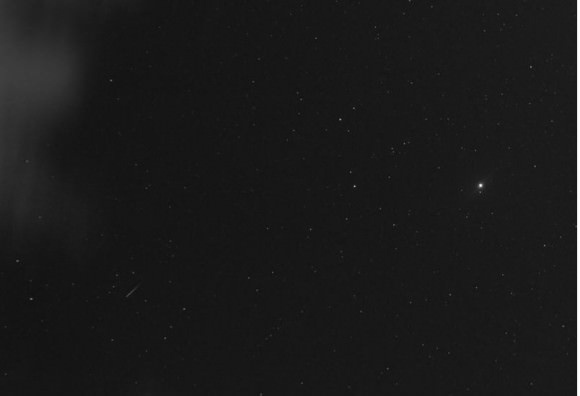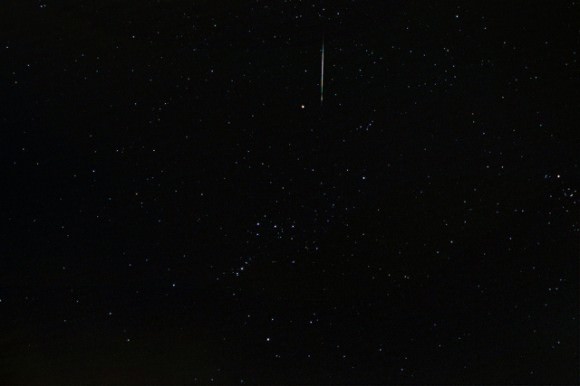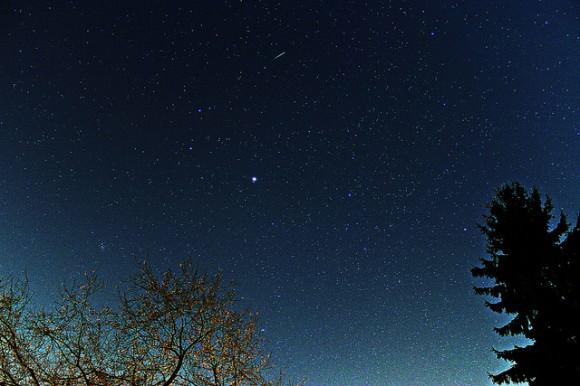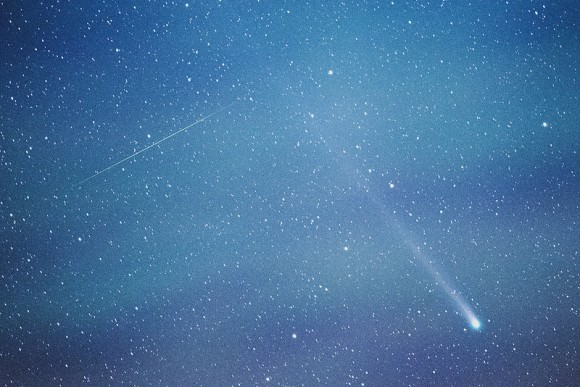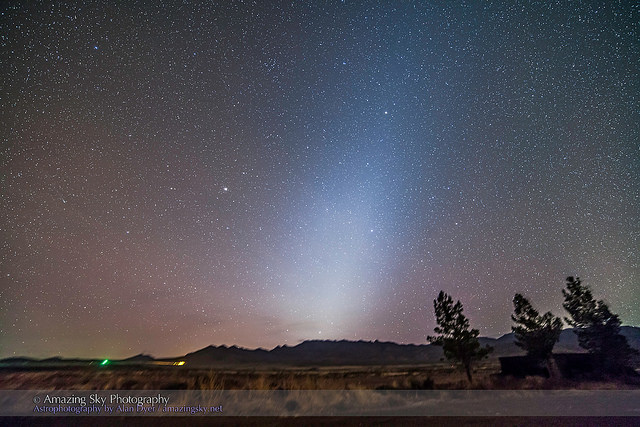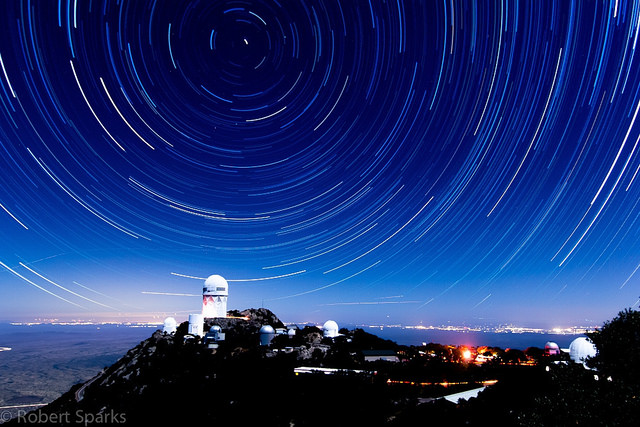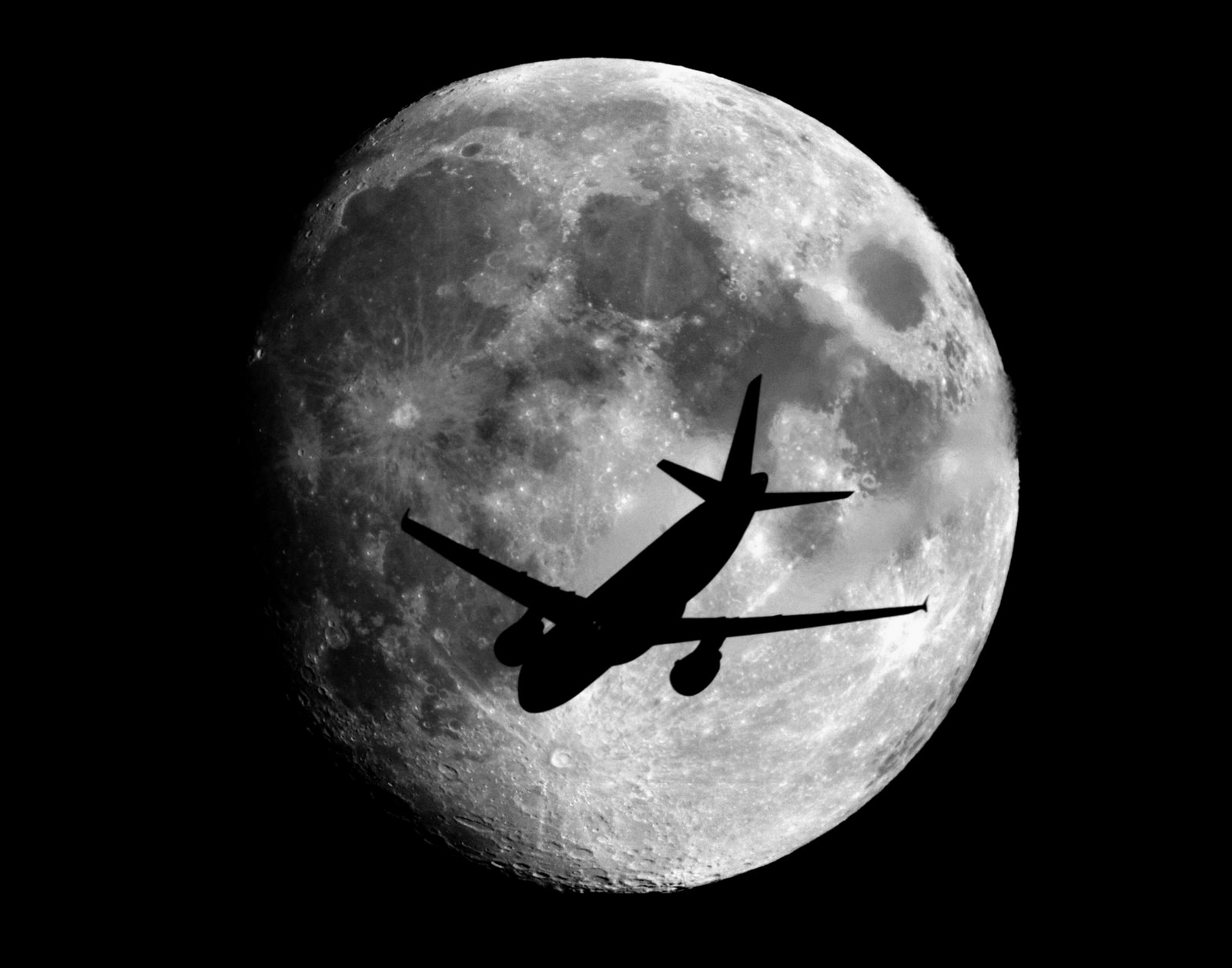A recent naked-eye visible nova that erupted the first week in December 2013 is still showing its stuff, and this new “hot off the press” image from Rolf Wahl Olsen in New Zealand reveals its unusual color. “I managed to grab a close-up of Nova Centauri 2013 with my new 12.5″ f/4 scope,” Rolf said via email to Universe Today. “Curiously, I have only so far seen wide field images of this nova, and none that actually show it’s very unusual strong pink colour.”
Nova Centauri 2013 (in the Southern constellation of Centaurus) was discovered by John Seach from Australia on December 2, 2013, and it was visible at about magnitude 5.5. It subsequently brightened to reach a peak at magnitude 3.3.
Rolf’s image was taken today (it’s already Dec. 28, 2013 in New Zealand!) when the nova had faded to around magnitude 4.5. You can see a larger version here on Flickr or click the image above for a larger version on Rolf’s website.
Why is it pink?
“The nova appears pink because we are really viewing the light from an expanding shell of ionized hydrogen which emits strongly in both the red and blue part of the optical spectrum,” Rolf explained. “These emissions give the nova its strong pinkish colour, similar to emission nebulae which are also predominantly pink/magenta in hue.”
A nova is the result of a thermonuclear explosion on the surface of a white dwarf star in a tight binary system. The white dwarf accretes matter from its nearby companion and eventually the pressure from nuclear fusion blows off the accreted layers from the surface of the white dwarf. Contrary to a supernova where the star itself is blown apart and ceases to exist, a nova does not result in the destruction of the host star. The white dwarf may continue to accrete matter from its companion and the process may repeat itself sometime in the future.
Image details:
Date: 28th Dec 2013
Exposure: LRGB: 17:7:6:6 mins, total 36 mins @ -25C
Telescope: 12.5″ f/4 Serrurier Truss Newtonian
Camera: QSI 683wsg with Lodestar guider
Filters: Astrodon LRGB E-Series Gen 2
Taken from Auckland, New Zealand


